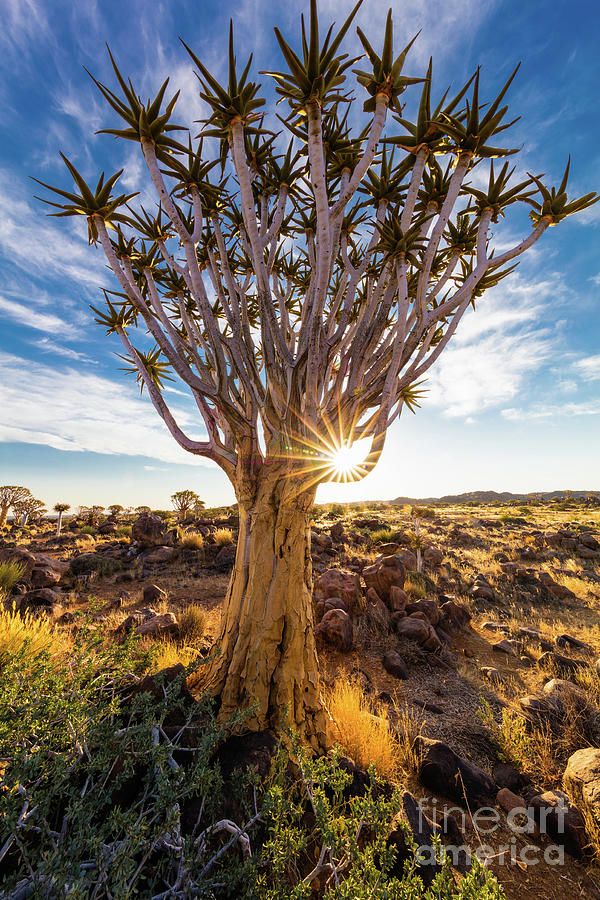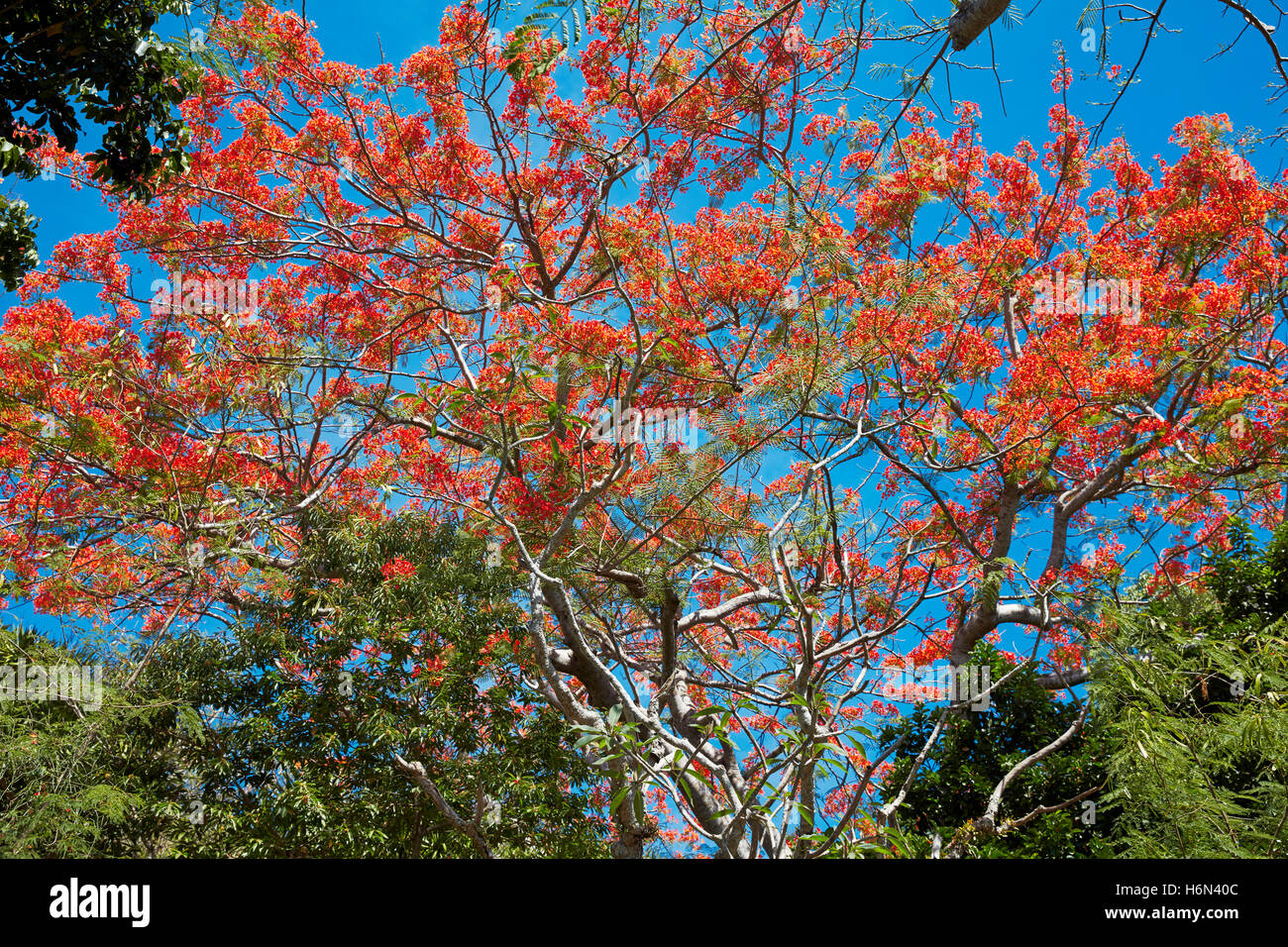

Afriski is a mountain ski resort located in the Lesotho Highlands that is struggling to adapt to a changing climate. We have not been able to confirm that such a shift has taken place. It is thought that at the cool range edge, low-temperature extremes will limit the range. Carbon dioxide levels in the atmosphere are expected to rise south and south-east as a result of global warming. 73 investigated the current status and distribution of the Quiver tree Aloe dichotoma in southern Africa under various climatic scenarios. Monocots, in general, have a single type of short initials that vary in shape and can be seen rotating in the center. By 2070, it is expected that suitable bioclimatic space will extend further eastward into the summer rainfall regions of South Africa. 2016).Īccording to the species, its range is expected to have expanded by 0.4 km per decade on average from the Pleistocene to the mid-Holocene climate transition period.

This species is native to the Northern Cape and Namibia (van Jaarsveld 2011 Cousins and Witkowski 2012 Gupta et al. Fooden et al., 2002 Hoffman et al., 2010 As a result, it is classified as aloe vera.

An optimal time for establishing seedling plants is linked to an optimal window of favorable climatic conditions. Many populations appear to have been virtually non-existent in the last 50 years, according to observations. dichotomum is affected by climate change. Several lines of evidence demonstrate that A. We examined scientific articles published between 20 that addressed observed and projected impacts of climate change in nine southern African countries. Despite this, there are risks to regional ecosystems and issues with adaptation strategies, as well as issues with consistency. Climate change, land use, and other factors are all threatening the survival of exceptional biodiversity in Southern Africa. We present a hypothetical model for regulated cell wall folding in succulent tissues after dehydration, which addresses the existing knowledge gap. The ability to better understand how Succulent plants function would help to reaffirm the plant’s role as natural capital, as well as to promote conservation efforts.

The use of Succulent plants in plants demonstrates their ability to store water in specialized tissues in drought-prone plants. If you’re lucky enough to see one in person, you’ll be amazed at how this strange tree has managed to thrive in the harsh desert conditions. The quiver tree is an iconic species in the desert southwest, and its unique appearance has made it a popular subject for photographers and artists. Its thick, fleshy leaves store water, and its roots tap into underground aquifers. In these harsh conditions, the quiver tree has adapted to survive on very little water. The tree is native to the arid regions of Namibia and South Africa, where it can grow to heights of up to 20 feet (6 meters). The quiver tree is a member of the genus Aloe, which includes over 500 different species of succulent plants. But what is truly remarkable about the quiver tree is that it is able to thrive in one of the harshest climates on Earth. Also known as the kokerboom, this tree gets its name from the fact that its branches were once used by the San people to make quivers for their arrows. The desert southwest is home to many strange and beautiful plants, but one of the most interesting has to be the quiver tree.


 0 kommentar(er)
0 kommentar(er)
